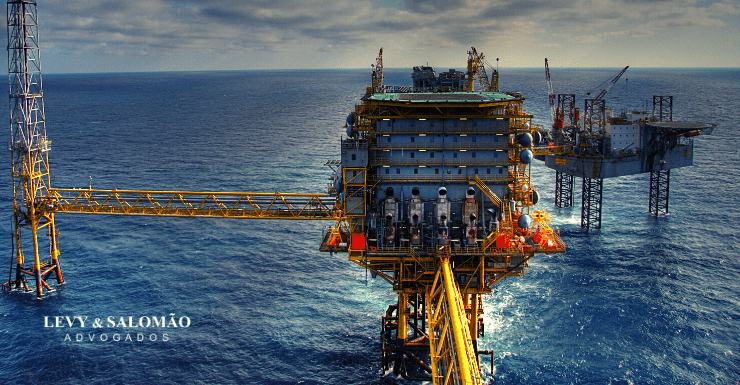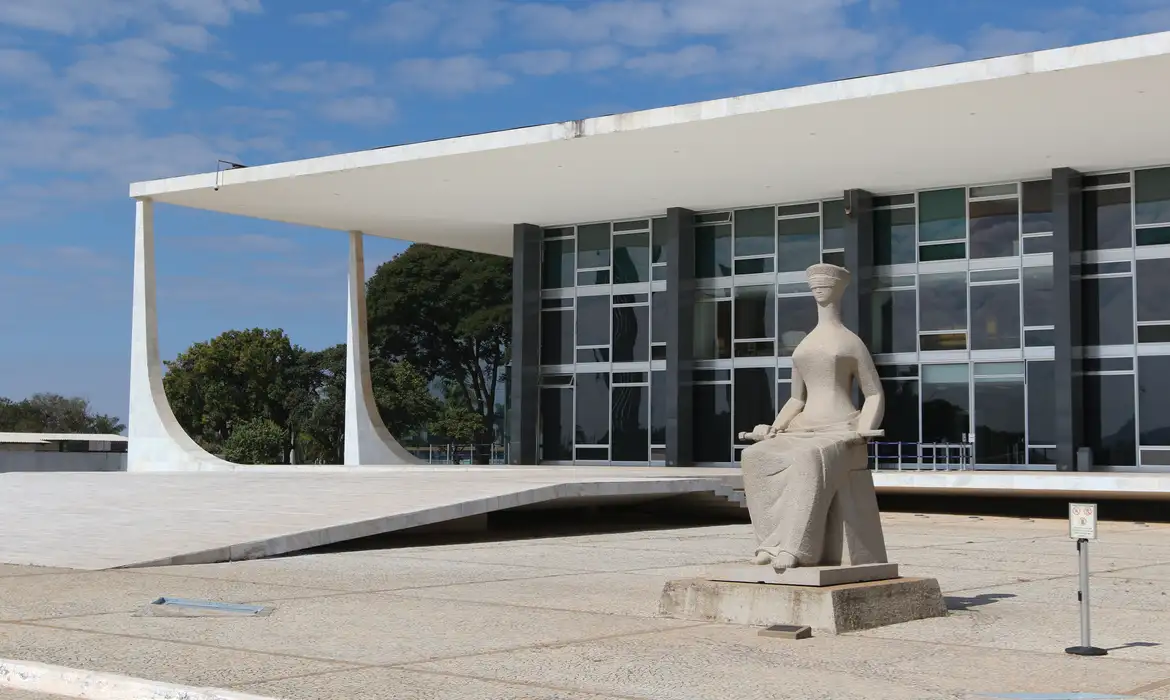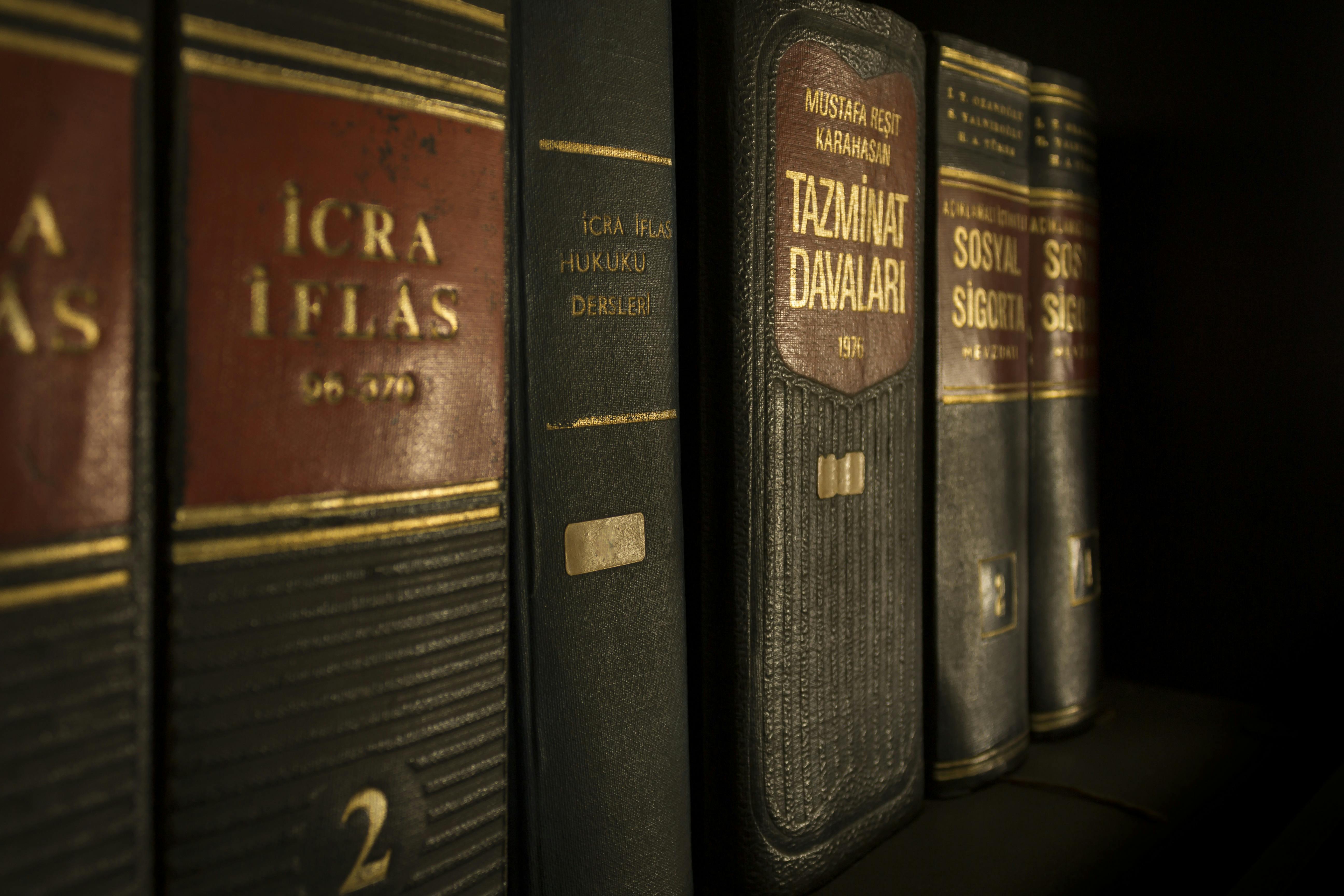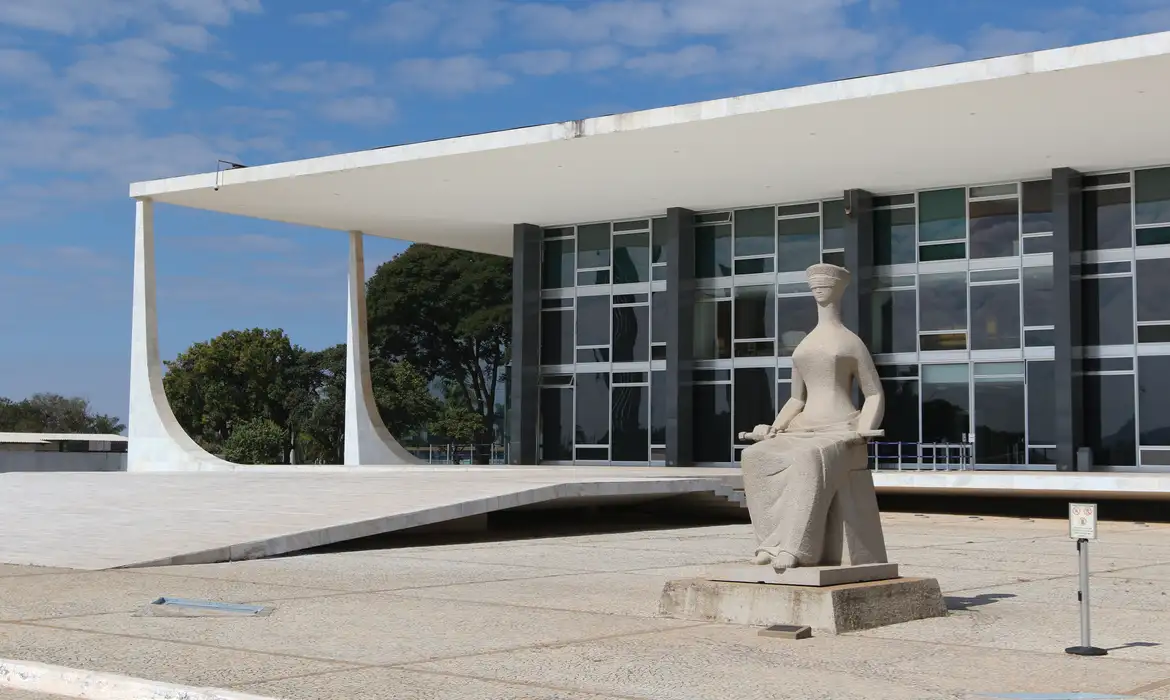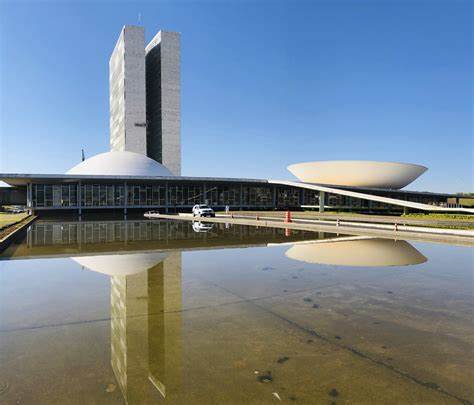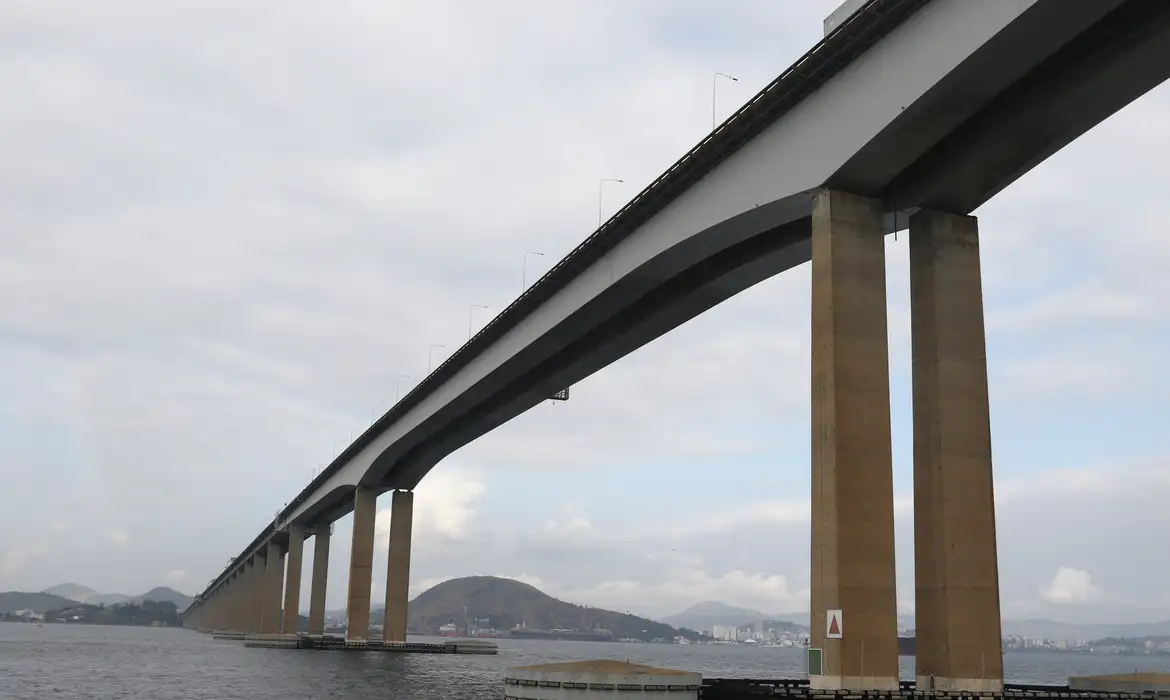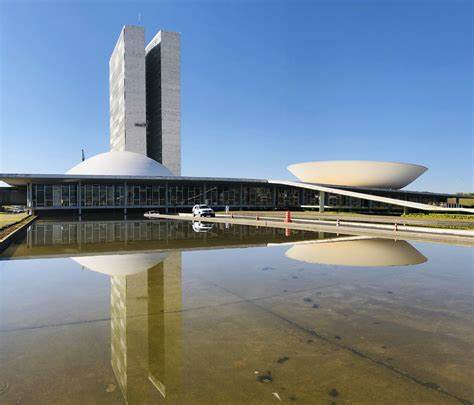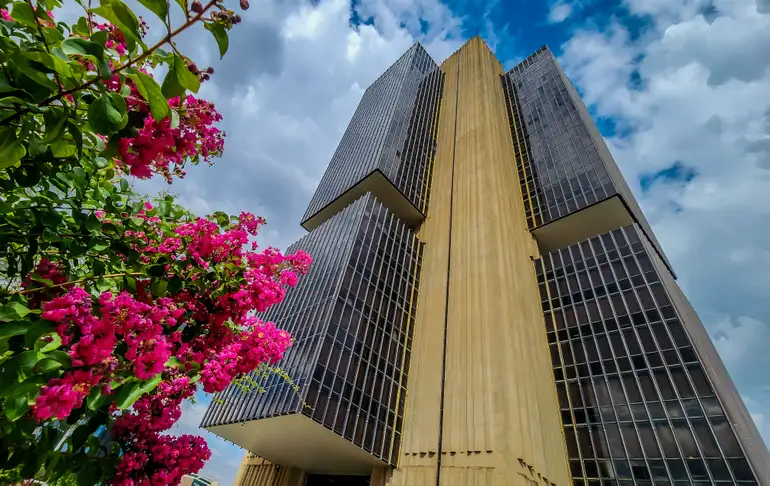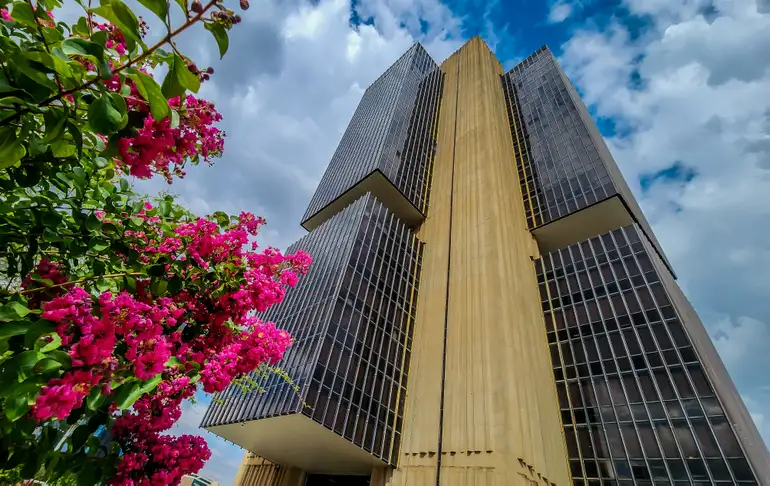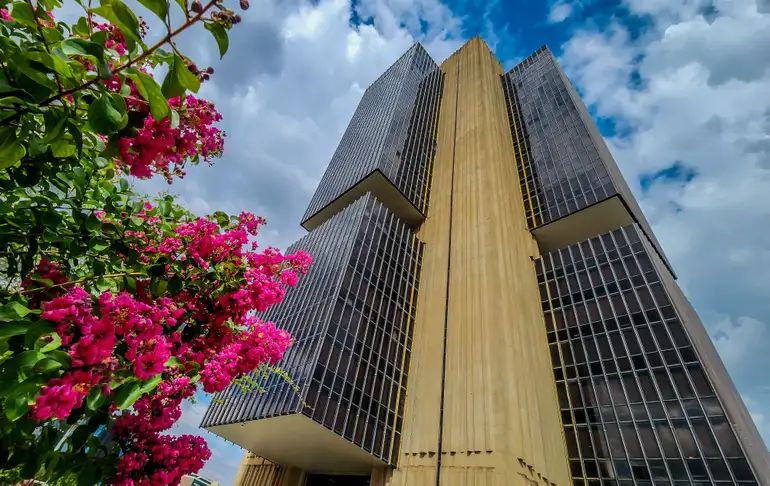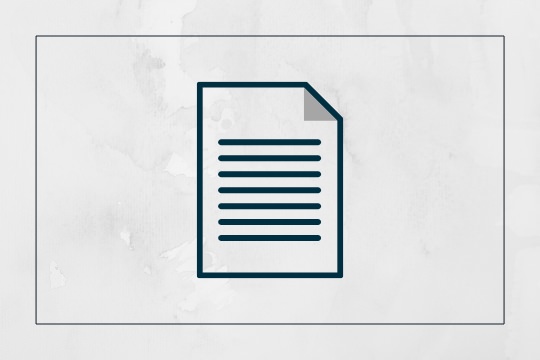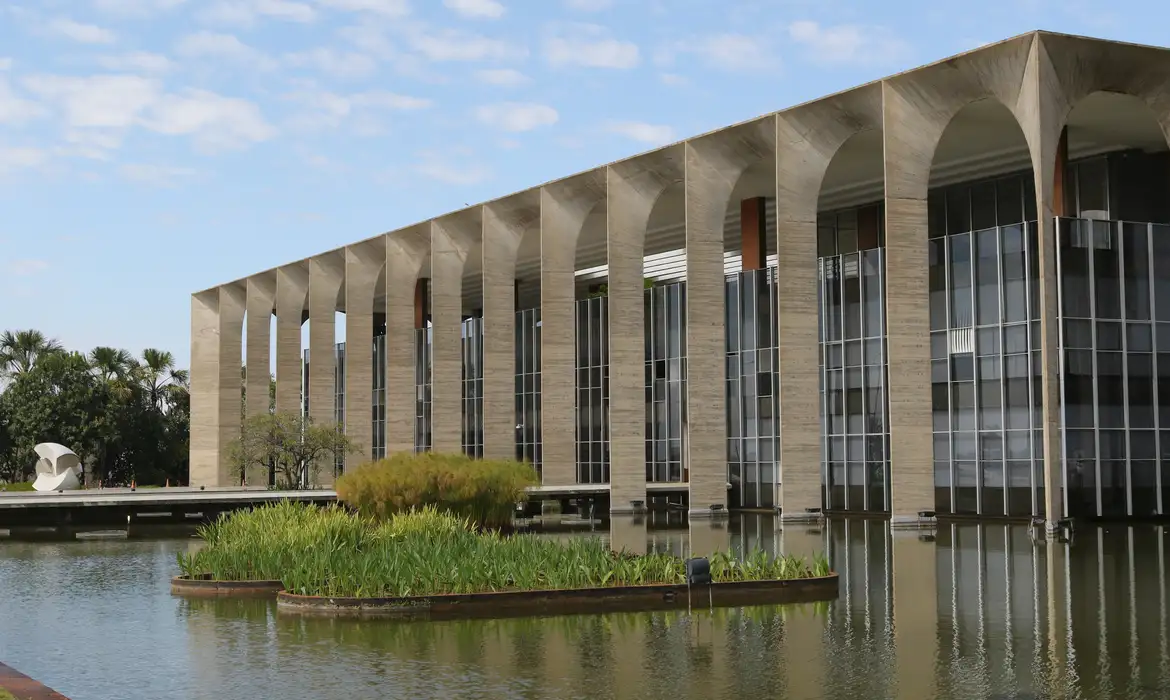Antitrust discrimination: Where are we and what are the envisioned challenges for the future?
1. Introduction
Antitrust discrimination is analyzed by antitrust authorities, including the Administrative Council for Economic Defense - CADE, under the rule of reason (effects-based approach): they balance the alleged efficiencies against the potential harm to consumers that may arise from the conduct when determining its net outcomes and, therefore, whether it shall be deemed an antitrust violation. In this sense, discriminating per se does not necessarily translate into an antitrust violation: in fact, economic theory shows that, in general, the welfare consequences of discrimination are ambiguous3 . For the purposes of legal certainty and predictability, for a certain act of discrimination to be considered illegal, it shall meet specific criteria. The aim of this article is to analyze how CADE has objectively addressed antitrust discrimination.
2. Antitrust discrimination
Even though the most well-known discriminatory conduct is price discrimination, it is worth mentioning that antitrust discrimination’s scope and means may contain blurred lines and be diverse. For instance, preventing a certain undertaking from using an infrastructure facility; offering a lower quality broadcast of audiovisual content to nonintegrated undertakings; and giving advantage in terms of visual positions in the context of an upstream product/service to a downstream product/service of the same economic group configure discrimination4 .
Pursuant to Article 36, Paragraph 3, Section X, of Law N. 12,529/2011, CADE considers the offering of distinct commercial conditions and the practice of price discrimination as antitrust violations when their actual or potential goal is or they result in: (i) the imposition of a limitation, restraint or harm to competition; (ii) the control of a given relevant market; (iii) abusive increase of profits; or (iv) abuse of dominance5. Notwithstanding the fact that the aforementioned legal provision does not explicitly refer to alternative types of discrimination, it should be noted that the wording choice of Paragraph 3 allows for an interpretation that they are also covered by the law.
Discrimination as a whole (that is, encompassing both classic and alternative types) is a quite common practice, but it is only considered unlawful when a dominant player uses its market power to pursue the increase in costs of rivals or other non-vertically related undertakings, market foreclosure and harm to competition. Apart from such abstract provisions, for the purpose of providing market players with foreseeability and safe harbors, CADE has set some guidelines that can be drawn from the analysis of two cases that will be explained in this article, as follows: (i) the investigated undertaking should have a dominant position; (ii) the relevant conduct should actual or potentially harm competition; (iii) there should be incentives for the discrimination (i.e. structural, contractual or business); and (iv) there should not be a legitimate rationale.
3. CADE’s decisional practice
Based on publicly available information, there are only a few cases in which CADE thoroughly analyzed discrimination and its effects. The most complex and relevant cases involve vertical integrations and regulated markets, such as the dispute TCA v. Cosan and Rumo/ALL, as well as the Comgás v. Petrobras, White Martins and GNL Gemini case.
3.1 TCA v. Cosan and Rumo/ALL
CADE opened an Administrative Proceeding6 against Cosan Indústria e Comércio (“Cosan”) and Rumo Transporte Multimodal (“Rumo”)7 based on a complaint filed on December 13, 2013 by TCA Logística Transportes e Armazéns Gerais (“TCA”)8 . Cosan and Rumo pursue businesses along the production chain of ethanol and sugarcane (production, industrialization, transportation, distribution, etc.) and may be considered, to some extent, competitors to TCA. Furthermore, since both Cosan/Rumo and TCA demanded railroad transport services from the same independent supplier, América Latina Logística (“ALL”)9, they also compete for the usage of the same infrastructure.
The dispute was on the following main arguments and aspects: ALL and Rumo entered into an investment contract, according to which, the latter had undertaken to make investments in the expansion, modernization, and refurbishment of railroads10, which concession for exploration and operation was granted to ALL by the Federal Government. On the other hand, as a compensation for those investments, ALL was required to give preference to Rumo, providing it with better commercial conditions and, at the request of Rumo, de facto exclusivity in the freight of sugarcane and related products, foreclosing the market to competitors, especially TCA. This also caused competitors to shift their transportation demands from railways to roadways (which are more expensive and less efficient). Besides this, whenever a competitor requested services from ALL, Rumo charged a fee for it and, in case Rumo’s products were not delivered by railways, Rumo was entitled to be compensated for additional costs.
During the investigation, Rumo decided to acquire the share control of ALL and submitted to CADE, on July 21, 2014, a merger control filing for the clearance of the reinforcement of preexisting vertical integrations11. As expected, the transaction was challenged by third parties and by CADE’s General Superintendence (“GS”), which concluded that, following the closing of the deal, there would be more incentives for ALL to benefit Rumo against its competitors. The transaction was approved by CADE on February 11, 2015, conditioned to the execution of a Merger Control Agreement (“MCA”) by which the parties, among other commitments, agreed to: (i) terminate the provisions granting favorable treatment to Rumo; (ii) cause the railroad to be offered to any interested parties under the same commercial conditions offered to Rumo; (iii) set objective and transparent mechanisms for the pricing of each individual logistics services12; (iv) leave room for competitors of Cosan Group to have their products transported via the infrastructure, preventing Rumo from exploring the total capacity of it; and (iv) hire an independent auditor to serve as a monitoring trustee. As the main concerns were solved in the context of the MCA, Rumo entered into a cease and desist agreement with CADE and paid BRL 1.5 million to close the investigation.
This an interesting example to illustrate how CADE deals with antitrust discrimination, especially because the case involves several conflicts with a provider of logistics services, a merger, a merger control agreement and a cease and desist agreement.
3.2 Comgás v. Petrobras, White Martins and GNL Gemini
CADE opened an Administrative Proceeding13 against Petróleo Brasileiro (“Petrobras”), White Martins Gases Industriais (“White Martins”), and GNL Gemini Comercialização e Logística de Gás (“Gás Local”), a resulting company from the formation of a joint venture (“JV”) between Petrobras and White Martins14, based on a complaint filed on September 9, 2007, by Companhia de Gás de São Paulo (“Comgás”)15 . According to Comgás, Petrobras had been supplying White Martins with natural gas on a subsidized basis, pursuant to a supply agreement with more favorable commercial terms which, ultimately, enabled Gás Local to be more competitive and efficient than Comgás, including within the area of concession and operation of the latter16 .
The dispute was based on the following main arguments and aspects: (i) as Petrobras imposes on its supply agreements take-or-pay and/or ship-or-pay clauses, there would be a gas surplus, represented by the volumes contractually acquired by gas distributors, but not effectively consumed by them – that is, the volumes supplied by Petrobras to Gás Local were already paid by downstream competitors; (ii) the structure of the supply and the dynamics of the JV allowed Petrobras to offer the product to Gás Local with modest or even negative margins, leveraging the competitiveness of Gás Local to the detriment of downstream competitors, including Comgás; and (iii) by negotiating with its JV, Petrobras excluded standard commercial conditions applicable to supply agreements with other gas distributors, such as take-or-pay and/or ship-or pay clauses, base amount in US dollars, triggers for price readjustment, and the time period of the agreement17.
Following years of litigation, the case’s Reporting Commissioner, Paulo Burnier da Silveira, determined, among other provisions, that: (i) Petrobras shall apply the same contractual conditions offered to non-integrated entities, including Comgás to Gás Local; (ii) all beneficial clauses to Gás Local shall be removed; and (iii) Petrobras and Gás Local shall enter into a new agreement, which shall be audited by an independent monitoring trustee.
This investigation was one of the most complex and prominent cases analyzed by CADE, as it established benchmarks with respect to allegations of antitrust discrimination with a broad scope. In addition, CADE did not limit its review to price discrimination, but rather took into account the overall peculiarities of the relationship between Petrobras and its JV. Also, the case has other specific and interesting contours concerning allegations of market foreclosure and invasion of an area assigned to a competitor18, which are not the object of the present article.
4. Where are we and what are the envisioned challenges for the future?
Although CADE has only ruled on a few discrimination cases, the Brazilian authority has already set the criteria for the assessment of antitrust discrimination. However, most cases analyzed so far are solely related to discrimination involving “traditional” markets, in which its practice and effects are clear and usually easy to detect and address. CADE and its worldwide peers currently face new challenges related to the analysis of discrimination in the context of, for example, dynamic, digital, and new markets. Antitrust authorities as a whole should prepare themselves to be able to examine subtle practices and their effects, which, depending on the circumstances, despite being practicably invisible may produce disastrous results and impair not only competition, but also the incentives to innovate, and contest preexistent dominant positions. Furthermore, as tech giants are global and they traditionally behave uniformly across jurisdictions, it is crucial to have consistent approaches in dealing with new types of discrimination – which is a great way to enhance international antitrust cooperation19.
The chapter is available here and all contenct is available here.
Authors: Gabriela da Costa Carvalho Forsman - Levy & Salomão Advogados, and Lucas Griebeler Motta - Souto, Correa, Cesa, Lummertz & Amaral Advogados.
3 CALCAGNO, Claudio; FUMAGALLI, Chiara; MOTTA, Massimo. Exclusionary practices: the economics of monopolization and abuse of dominance. Cambridge: Cambridge University Press, 2018, p. 129)
4 Such as setting attractive line-up for some channels to the detriment of others, as well as granting prominent placement to Google’s comparison shopping service within the search engine also owned by Google (Case AT N. 39740, Google Search [Shopping]).
5 “Dominance occurs when an undertaking relates to a position of economic strength by which it is enabled to prevent effective competition being maintained on the relevant market by affording it the power to behave to an appreciable extent independently of its competitors, clients and consumers” (BAILEY, David; WHISH, Richard. Competition Law. Oxford: Oxford University Press, 2015, p. 190).
6 Administrative Proceeding N. 08700.011102/2013-06.
7 Cosan and Rumo are part of the same economic group. Cosan is the parentcompany and focuses its investments on strategic industries, such as agribusiness, fuel and natural gas distribution, lubricants, and logistics. In its turn, Rumo is owned by Cosan and is the largest logistic operator in Latin America, managing an independent railroad network covering more than 7,500 miles in seven Brazilian states. Source: Investment Relations of Cosan, available at http://cosan.com.br/en/cosan/whowereare.
8 TCA is a company with activities throughout the market for provision of multimodal transportation services (using roads, railways, and ports) and warehouses, specifically designed for the export of agricultural commodities (in particular, sugarcane and by-products).
9 ALL was given the right to explore and operate railroads connecting the states of São Paulo, Paraná, Santa Catarina, Mato Grosso, Mato Grosso do Sul, apart from having some connection points with Argentina.
10 Mainly situated in sugar producer regions in the state of São Paulo.
11 Merger Case N. 08700.005719/2014-65
12 This is a good example of “joint costs”, which refer to an umbrella of different services charged as a single price. In connection with this aspect, please note that: “One of the problems with cross-subsidization is that many of the costs of operating in vertically related markets are ‘joint costs’, which means that there is no single correct way of allocating them as between the two markets”. (HOVENKAMP, Herbert. Federal antitrust policy: the law of competition and its practice – 5th edition. Minnesota: West Academic Publishing, 2015, p. 521).
13 Administrative Proceeding N. 08012.011881/2007-41.
14 Under the scope of the JV: (i) Petrobras provided White Martins with natural gas; (ii) White Martins was responsible for the liquefaction of the gas at a plant established in the city of Paulínia/SP; and (iii) Gás Local was in charge of the transportation of the product by trucks and cylinders and the distribution to clients (industries, concessionaires, gas stations which offer to its consumers compressed natural gas, etc.). White Martins and Petrobras hold, respectively, 60% and 40% of the equity interest of Gás Local.
15 Comgás is one of the largest distributors of natural gas through pipelines in Brazil, providing supplies to commercial, industrial, and domestic clients within its concession area in the State of São Paulo.
16 Pursuant to sectorial regulations, concession contracts involving the distribution of natural gas shall include limitations in the area of activity of each concession holder.
17 According to the investigation, the supply agreement entered by and between Petrobras and Gás Local was set in Brazilian Reais, with IGP-M/FGV being the index for readjustment. Based on this, CADE found that Gás Local was given a better treatment than Comgás without objective grounds.
18 As discussed throughout the case, since Gás Local had invaded the concession area destined for Comgás, by capturing strategic clients situated within the area of Comgás, Comgás would have its margins compressed, impairing its financial conditions to build and expand necessary infrastructure to the distribution of natural gas through pipelines in São Paulo.
19 “Consistent approaches to competition law, policy, and procedures across jurisdictions facilitate cooperation among competition agencies, and increase the effectiveness and predictability of enforcement, which benefits the Agencies, consumers, and the business community” (Antitrust Guidelines for International Enforcement and Cooperation. Available at: https://www.ftc.gov/system/files/documents/public_statements/1049863/internat ional_guidelines_2017.pdf).












